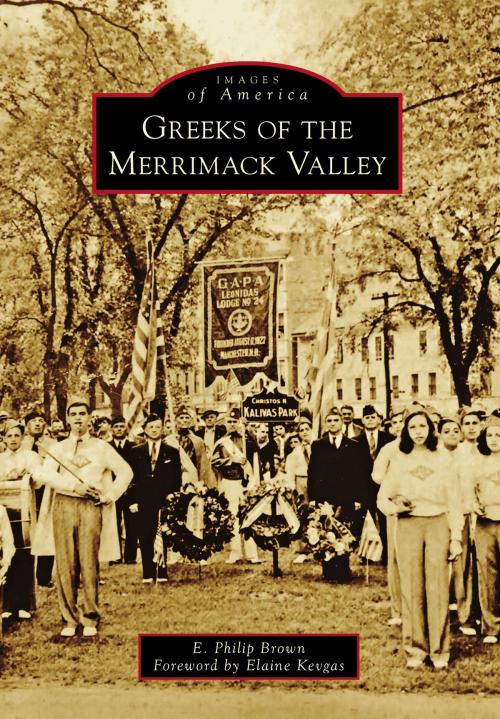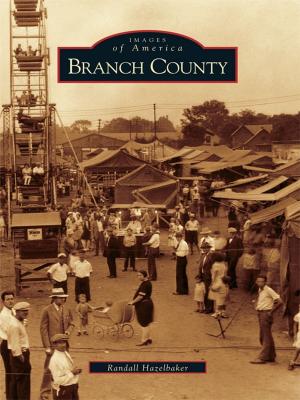Greeks of the Merrimack Valley
Nonfiction, Art & Architecture, Photography, Pictorials, Travel, Business & Finance, Career Planning & Job Hunting, Entrepreneurship, Entrepreneurship & Small Business| Author: | E. Philip Brown | ISBN: | 9781439661895 |
| Publisher: | Arcadia Publishing Inc. | Publication: | August 14, 2017 |
| Imprint: | Arcadia Publishing | Language: | English |
| Author: | E. Philip Brown |
| ISBN: | 9781439661895 |
| Publisher: | Arcadia Publishing Inc. |
| Publication: | August 14, 2017 |
| Imprint: | Arcadia Publishing |
| Language: | English |
The Merrimack Valley became home to Greeks after the great immigration to the United States in the 19th and 20th centuries. After its independence from the Ottoman Empire in 1832, Greece had inadequate resources for its citizens, which led to much hardship. Many of these refugees came to the Merrimack Valley in search of a better living. They settled in Haverhill, Lawrence, and Lowell, Massachusetts, or Concord, Manchester, and Nashua, New Hampshire, where they secured jobs in factories and mills. Those who were unable to gain employment in the manufacturing industries went into the service sector; others became self-sufficient, building restaurants, shoe shops, and grocery stores. Although they suffered discrimination because of their distinct language and culture, they were not deterred; instead, they remained focused, went about their activities in peace, and contributed immensely to the socioeconomic development of their newfound home.
The Merrimack Valley became home to Greeks after the great immigration to the United States in the 19th and 20th centuries. After its independence from the Ottoman Empire in 1832, Greece had inadequate resources for its citizens, which led to much hardship. Many of these refugees came to the Merrimack Valley in search of a better living. They settled in Haverhill, Lawrence, and Lowell, Massachusetts, or Concord, Manchester, and Nashua, New Hampshire, where they secured jobs in factories and mills. Those who were unable to gain employment in the manufacturing industries went into the service sector; others became self-sufficient, building restaurants, shoe shops, and grocery stores. Although they suffered discrimination because of their distinct language and culture, they were not deterred; instead, they remained focused, went about their activities in peace, and contributed immensely to the socioeconomic development of their newfound home.















